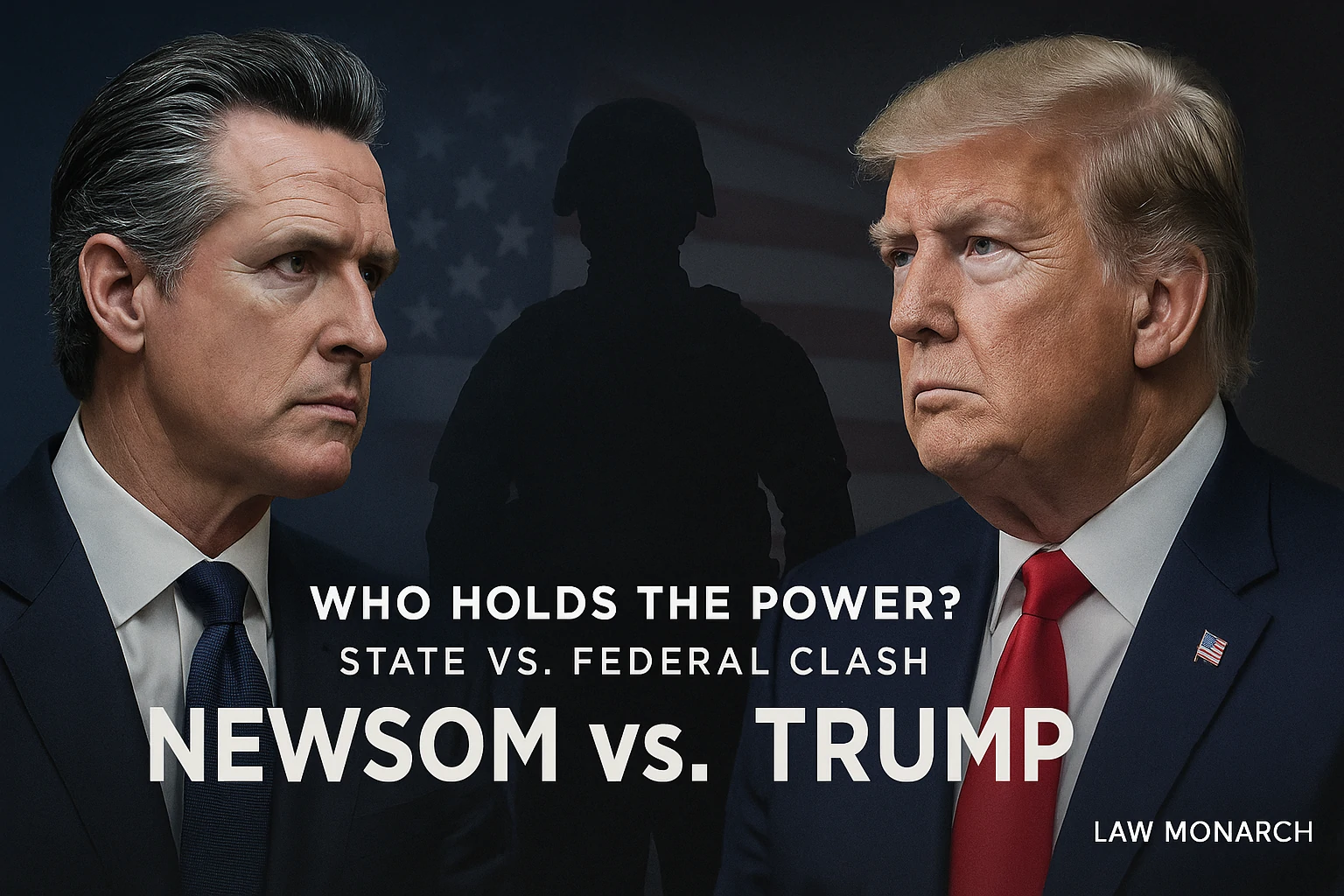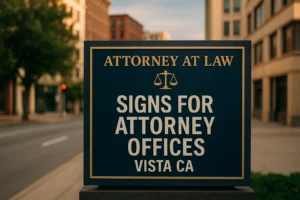A major lawsuit has pulled California Governor Gavin Newsom into direct legal conflict with former President Donald Trump. This is not just a political clash. It tests the power divide between state and federal governments. It raises the question: Who has the final say over the National Guard?
The case began when Newsom refused to follow certain federal orders involving California’s National Guard. Trump had called for forceful action in times of protest and immigration control. Newsom said those orders ignored state authority. He took the fight to court.
This lawsuit speaks to a deeper problem. It questions how far federal power can go in controlling state military forces. It also shows how political tensions can turn into legal warfare. The result of this case may change how states and presidents work together in a crisis.
This article explores what the lawsuit means. It explains the legal grounds, the claims, and the impact on the country.
What Started the Dispute
During his term, Trump made strong moves during public protests and border actions. He demanded that the National Guard act in ways California did not support. He pushed for federal control over state troops.
Newsom refused. He argued that Trump could not bypass the state’s authority. He claimed the president’s actions broke legal lines. After several disputes, Newsom filed a lawsuit. He accused Trump of trying to use the Guard like a private army.
The core issue is power. Who controls state troops during protests or public unrest? Newsom says the Constitution protects state rights. Trump says national threats require fast, forceful action.
Other high-profile legal battles, such as the OtterSec lawsuit, also highlight how power struggles and legal claims can shape future policy.
What the Law Says About the National Guard
The National Guard serves both the state and federal government. In most cases, governors control their troops. They use the Guard to help in fires, floods, or riots. The president can call the Guard into federal service, but only under special laws.
Those laws include the Insurrection Act and other emergency powers. Newsom argues that Trump had no legal right to use these powers. He says there was no valid reason to take over California’s Guard.
This conflict shows how laws meant to protect order can create conflict when politics take over. Newsom says Trump acted without proper cause. That claim forms the heart of the case.
Newsom’s Legal Position
Governor Newsom says the president violated the Tenth Amendment. This part of the Constitution protects powers not given to the federal government. Newsom says Trump crossed that line.
He also points to the Insurrection Act. This law allows the president to use troops in times of true rebellion or threat. Newsom says protests and border concerns did not meet that standard.
The lawsuit claims Trump acted without proper checks. It says the president did not work with Congress or the courts. Newsom wants the court to rule that this kind of action cannot happen again.
Trump’s Likely Defense
Trump and his legal team say the president must act when the nation faces danger. They argue that protests and border chaos required quick action. They say Newsom’s refusal placed people at risk.
They may claim the lawsuit is political. They say Newsom wants to look strong ahead of future elections. Trump’s allies say the former president had full legal authority.
Trump’s team may also say the case is no longer valid since he is no longer in office. But Newsom says this issue still matters. Future presidents may try the same thing.
How Courts Might Decide
This case presents a rare legal question. It is not clear how courts will rule. Past cases offer clues but not full answers.
Some past rulings support strong presidential action during danger. Others favor state control in local matters. Courts will likely look at whether Trump followed legal rules. They will also ask if Newsom had grounds to refuse federal orders.
This case may go to the U.S. Supreme Court. If that happens, the ruling could set new legal rules. These rules may decide how much power a president has over state troops.
Why This Case Matters to All States
The lawsuit affects more than just California. Every state has its own National Guard. Governors across the country will watch this case.
If Newsom wins, states may gain more power. They may resist federal action more freely. If Trump’s side wins, presidents may gain stronger tools during unrest.
Either way, the case will shape how power is shared in the United States. It will affect how leaders respond to emergencies. It may also influence the public’s trust in the Guard as a neutral force.
Legal conflicts like those seen in Wyoming environmental law firms show how state-level legal efforts continue to shape broader policy battles.
A Deep Divide in Public View
The public remains split. Some say Trump acted to protect the country. Others say he used fear to gain more control. Newsom stands for state rights. Trump stands for firm action.
This case touches on police use, protest rights, border safety, and how far government can go. Many people worry that political goals now guide public safety moves.
Media coverage adds fuel to the fire. Some channels back Trump’s side. Others praise Newsom. Facts often get lost in heated headlines. The courts, not the press, will decide this issue.
The Role of the National Guard Going Forward
The Guard plays a key role in American life. It helps in wildfires, hurricanes, and floods. It keeps peace when streets grow tense. It stands between order and chaos.
This lawsuit will shape how that role evolves. If courts back Newsom, governors may demand more say. If Trump’s view wins, federal plans may move faster.
Both sides claim to protect people. Both sides say the law is on their side. But only the courts can say what the law really allows.
What Comes Next
The court process may take a long time. Lower courts will hear the case first. Appeals will likely follow. The U.S. Supreme Court may review it later. Each stage will draw public attention and raise new debate.
Leaders on both sides will use the case to support their views. Newsom’s backers will focus on state rights. Trump’s side will claim strong action helps protect the country. These views will shape how people see the case before any court decision.
The key issue stays the same. How much power does a president have over state troops? Where does state control end and federal power begin? This case puts that question in the spotlight.
The ruling will draw that line. It will guide how future leaders act during protests, border disputes, and civil unrest. It could also shape the legal role of the National Guard. What happens next may change how the nation handles crisis and power.
Conclusion
The Newsom-Trump National Guard lawsuit brings a deep legal fight into focus. It raises a clear question. Who holds real power during unrest? It also forces us to think about law, force, and freedom in America.
This case goes beyond one protest or one border plan. It is not just about Newsom or Trump. It tests how far federal control can reach. It also defends the rights of each state. It touches the core of the Constitution and how it guards the balance of power.
At the heart of this case is trust. Trust in leaders to follow the law. Trust in courts to stay fair. Trust in the system to protect both peace and liberty. When that trust breaks, every state feels the damage—not just California.
As the court steps in, the whole nation pays attention. Legal minds, lawmakers, and regular people wait to see what comes next. The future of the Guard, the reach of state power, and the limits of the presidency all hang in the air. This one case may shape how leaders act during the next national crisis.
Q. What is the lawsuit between Newsom and Trump about?
Governor Newsom filed a lawsuit claiming that Trump tried to control California’s National Guard without legal authority.
Q. Can the president take control of the National Guard?
The president can call the Guard into federal service under specific laws, but only in certain emergencies. The governor usually holds control during state matters.
Q. What laws does the case involve?
The case focuses on the Tenth Amendment and the Insurrection Act. Newsom says Trump violated both.
Q. What happens if Newsom wins the lawsuit?
If Newsom wins, it could limit the federal government’s ability to use the Guard without a state’s consent.
Q. Will this case affect other states?
The outcome could set a national precedent. It may change how every state responds when federal power challenges state control.
Disclaimer
This content from Law Monarch is for general information only. It is not legal advice. Please consult a licensed attorney for help with your specific case.




